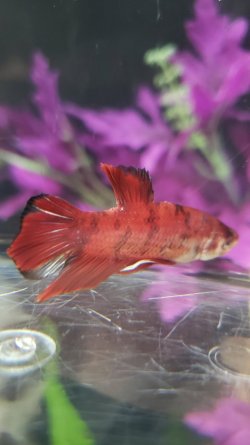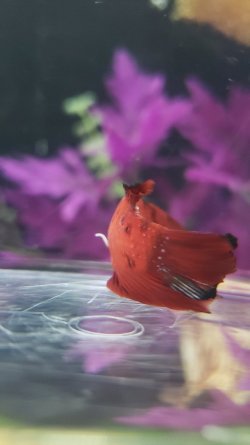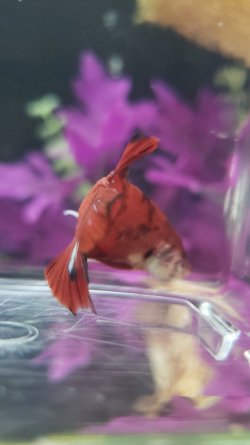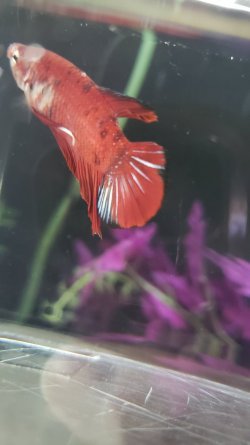The reason Kanaplex is illegal is due to it being an anti-biotic and governments around the world are concerned about anti-biotic resistant bacteria killing people. These drug resistant bacteria are caused by improper use and mis-use of anti-biotics.
eg: when doctors give patients anti-biotics for a cold or flu virus. The anti-biotics do not treat viruses.
eg: when people use anti-biotics in aquariums to treat fish and the fish do not have a bacterial infection.
Anti-biotics should only be used on known bacterial infections that have not responded to normal treatments. Even then, you need to know what sort of bacteria is causing the problem and use the correct anti-biotic for that bacteria.
---------------------
Bacterial infections appear as red inflamed areas.
The white dots on the fish are not bacterial and look like excess mucous. This is normally caused by something in the water irritating the fish.
Cloudy eyes and clamped fins are usually caused by poor water quality.
---------------------
Is there a filter on the aquarium?
If yes, how often do you clean the filter and how do you clean the filter?
---------------------
I would stop using chemicals and do a 75% water change and gravel clean the substrate every day for 2 weeks. I would see how the fish looks after a few days and maybe add some salt (see directions below) if there is no improvement after a few big water changes.
Make sure any new water is free of chlorine/ chloramine before it's added to the tank.
---------------------
SALT
You can add rock salt (often sold as aquarium salt) or swimming pool salt to the aquarium at the dose rate of 1 heaped tablespoon per 20 litres of water. If there is no improvement after 48 hours you can double that dose rate so there is 2 heaped tablespoons of salt per 20 litres.
Keep the salt level like this for at least 2 weeks but no longer than 4 weeks otherwise kidney damage can occur. Kidney damage is more likely to occur in fish from soft water (tetras, Corydoras, angelfish, Bettas & gouramis, loaches) that are exposed to high levels of salt for an extended period of time, and is not an issue with livebearers, rainbowfish or other salt tolerant species.
The salt will not affect the beneficial filter bacteria, fish, plants, shrimp or snails.
After you use salt and the fish have recovered, you do a 10% water change each day for a week using only fresh water that has been dechlorinated. Then do a 20% water change each day for a week. Then you can do bigger water changes after that. This dilutes the salt out of the tank slowly so it doesn't harm the fish.
When you do water changes while using salt, you need to treat the new water with salt before adding it to the tank. This will keep the salt level stable in the tank and minimise stress on the fish.







